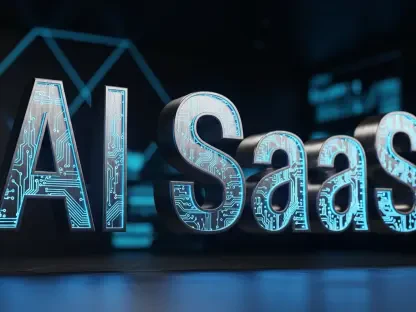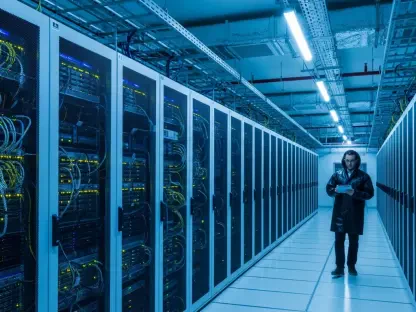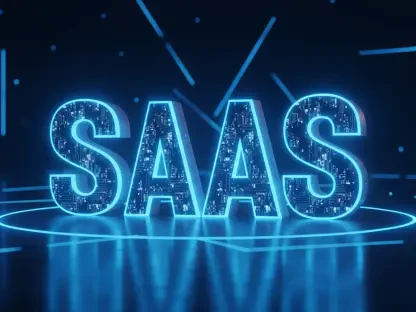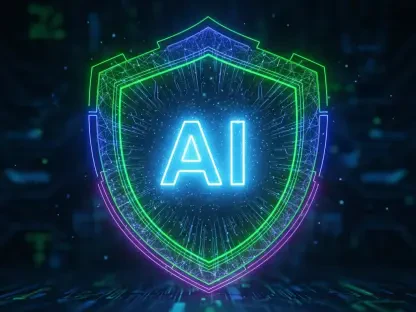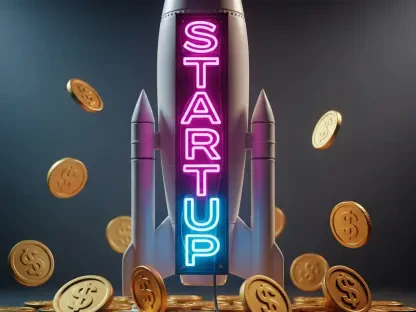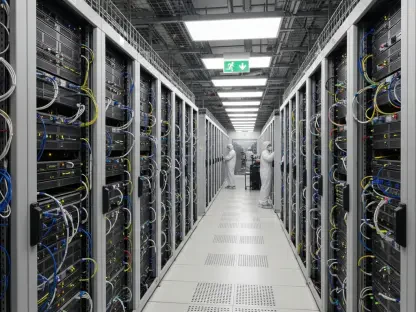I’m thrilled to sit down with Vijay Raina, a leading expert in enterprise SaaS technology and tools, whose thought leadership in software design and architecture has shaped countless conversations in the industry. Today, we’re diving into the upcoming SAAS NORTH 2025 conference, happening November 5 and 6 in Ottawa. Our discussion will explore the innovative twists this year’s event promises, from its bold theme of future-proofing SaaS in the age of AI to unexpected stage pairings and sessions that challenge long-held industry norms. We’ll also unpack key topics like shifting business models, balancing automation with culture, and actionable strategies for SaaS leaders. Let’s get started.
What inspired the vision to make SAAS NORTH 2025 stand out compared to previous years?
I think the core inspiration comes from the rapid pace of change in the SaaS world right now. The industry isn’t static, and with AI reshaping everything, it felt necessary to rethink the conference itself. The team wanted to create an experience that mirrors this disruption—something unpredictable and fresh. It’s about moving away from the same old formats and sparking conversations that challenge attendees to rethink their strategies and assumptions.
How did the theme “Future-Proof SaaS in the Age of AI” come about for this year’s conference?
The theme emerged from a recognition that AI isn’t just a trend—it’s a fundamental shift for SaaS. We’re at a point where companies need to adapt or risk becoming obsolete. The idea of “future-proofing” speaks to building resilience and relevance in a landscape where technology evolves faster than business models can keep up. It’s about asking tough questions: Are the strategies that worked for the past decade still viable? This theme felt like the right lens to focus the community’s energy.
What kinds of surprises or changes can attendees expect when they walk into the Rogers Centre on November 5 and 6?
Attendees should brace for a conference that breaks the mold. The stage setups, like the BetaKit Keynote Stage, will feature unlikely pairings and unfiltered discussions that you wouldn’t typically see at industry events. The sessions are designed to be raw and direct, with a mix of retrospectives and forward-looking debates. Even the formats, like interactive games and unique panels, aim to keep everyone on their toes. It’s less about polished presentations and more about real, messy, impactful dialogue.
How do you think the unfiltered conversations and unexpected pairings on the BetaKit Keynote Stage will resonate with the audience?
These elements are going to hit hard because they strip away the usual corporate filters. When you pair people who don’t normally share a stage, you get perspectives that clash and combine in surprising ways. It’s not just about inspiration—it’s about sparking debates that linger. I believe the audience will walk away with new ways of thinking, maybe even questioning their own approaches, because they’ve seen real tension and honesty play out live.
Can you elaborate on what “pressure-testing industry assumptions” means for this year’s event?
Pressure-testing is about challenging the status quo. For years, SaaS has operated on certain principles—subscription models, specific growth metrics, and so on. But with AI and other shifts, are those still the right foundations? At SAAS NORTH 2025, we’re creating space to dissect these ideas. Sessions will push attendees to confront whether their current playbooks hold up under scrutiny or if it’s time to tear them up and start fresh. It’s a bit uncomfortable, but that’s where growth happens.
How did the team approach designing a program focused on immediate, actionable ideas for SaaS leaders?
The focus was on relevance and practicality. Every session, every speaker was chosen with the mindset of delivering something a leader can take back to their team the next day. It’s not about lofty theories—it’s about real-world strategies. The team curated topics that address current pain points, like integrating AI or rethinking pricing models, and brought in speakers who’ve been in the trenches. The goal is for every attendee to leave with at least one concrete idea they can implement.
Can you share more about the “Hot Tub Time Machine” session and how it bridges the SaaS industry’s past with an AI-driven future?
This session is a standout because it’s both nostalgic and forward-thinking. It takes a deep dive into pivotal moments in SaaS history—think key innovations or turning points that shaped where we are today. Then, it flips the script to explore how those lessons apply in an era dominated by AI. It’s about understanding our roots to better navigate what’s ahead. I think it’ll resonate as a mix of storytelling and strategic foresight, showing how history can inform future bets.
In the “From SaaS to RaaS” session, what does moving to results-based models mean for the industry’s future?
This shift from traditional SaaS—where you pay for access to a product—to RaaS, or results-as-a-service, is a game-changer. It means customers pay for outcomes, not just tools. For the industry, it’s a push toward accountability; companies have to prove their value in tangible ways. It could deepen trust with customers but also raises the bar for delivery. It’s a risky pivot, with challenges like redefining metrics and contracts, but it aligns with a future where results matter more than promises.
Can you walk us through “The Funding Game” and its potential impact on founders and investors?
“The Funding Game” is a clever spin on networking. It’s structured like a dating show, with one investor as the focal point and three founders pitching for their attention. It’s playful, but the stakes are real—it’s a chance to make genuine connections in a high-energy format. For founders, it’s a crash course in standing out; for investors, it’s a fresh way to scout talent. I think it’ll foster relationships that might not have happened in a typical meet-and-greet setting.
How are leaders in the “Work Rewired” session addressing the balance between automation and maintaining company culture?
This session tackles a critical tension in modern SaaS: how to leverage automation without losing the human element. Leaders from various companies are sharing how they’re building lean, AI-first teams while keeping culture intact. It’s about finding ways to let tech handle repetitive tasks without eroding trust or camaraderie. They’re wrestling with challenges like employee buy-in and ensuring AI doesn’t dehumanize workflows. Their stories will likely offer practical tips for others facing the same balancing act.
What can smaller SaaS companies learn from a large enterprise’s approach to AI, as highlighted in the session with OpenText?
The scale at which a company like OpenText operates offers unique lessons. Smaller SaaS firms can learn how to prioritize AI investments by seeing where a billion-dollar player focuses its energy—whether it’s customer experience, operations, or innovation. They’ll also see the hurdles, like managing legacy systems or regulatory constraints, that big companies face. The takeaway is how to scale AI adoption thoughtfully, even if you’re not at that size yet, by borrowing from their playbook while avoiding their pitfalls.
What is your forecast for the future of SaaS in the age of AI?
I see SaaS evolving into a more integrated, outcome-focused ecosystem over the next few years. AI will be the backbone, not just a feature—driving personalization, automation, and predictive insights at every level. We’ll likely see a deeper shift toward models like RaaS, where value is tied directly to results. But the human element will remain critical; companies that ignore culture or trust in favor of pure tech will struggle. It’s an exciting, messy transition, and events like SAAS NORTH are where we’ll keep hashing out what works.


